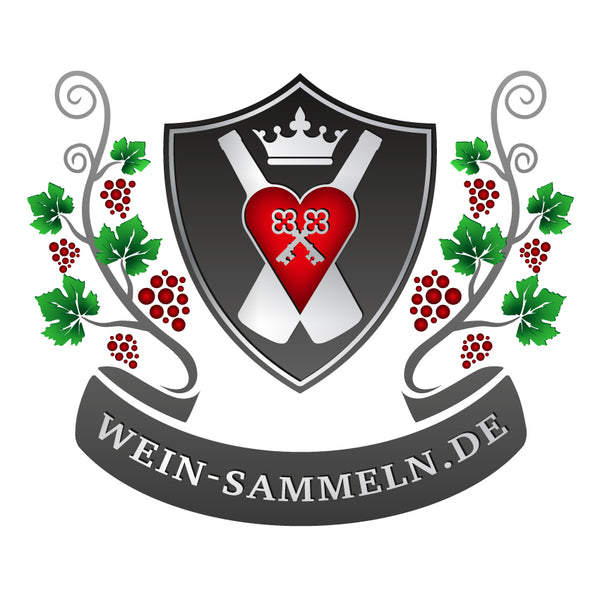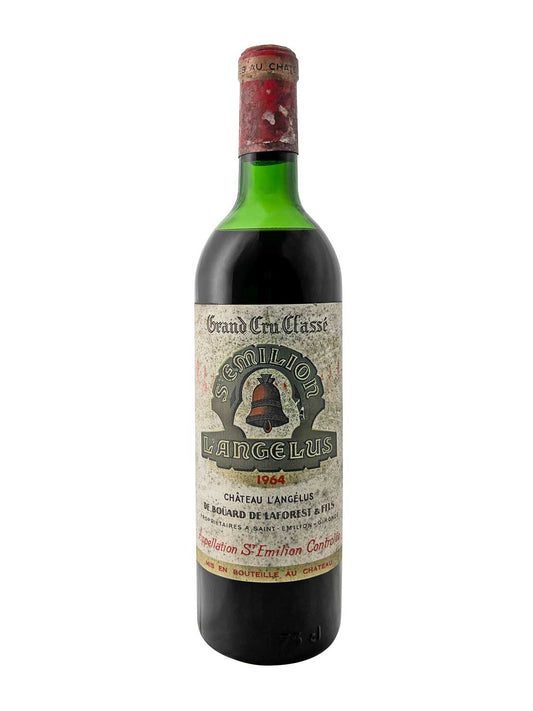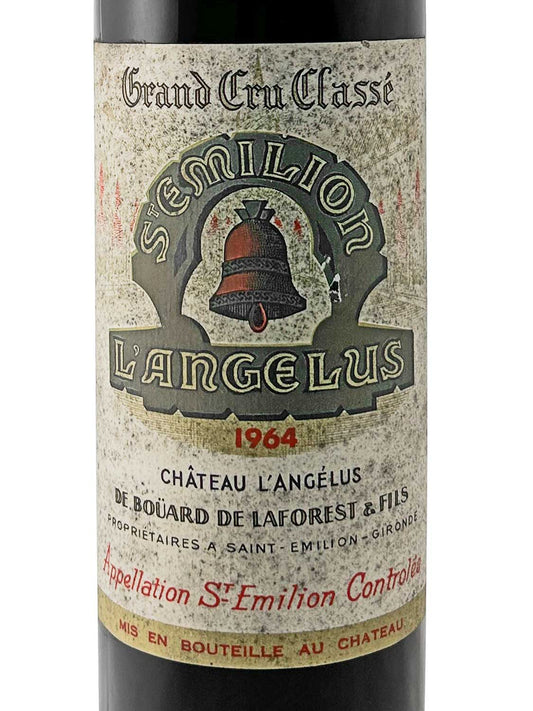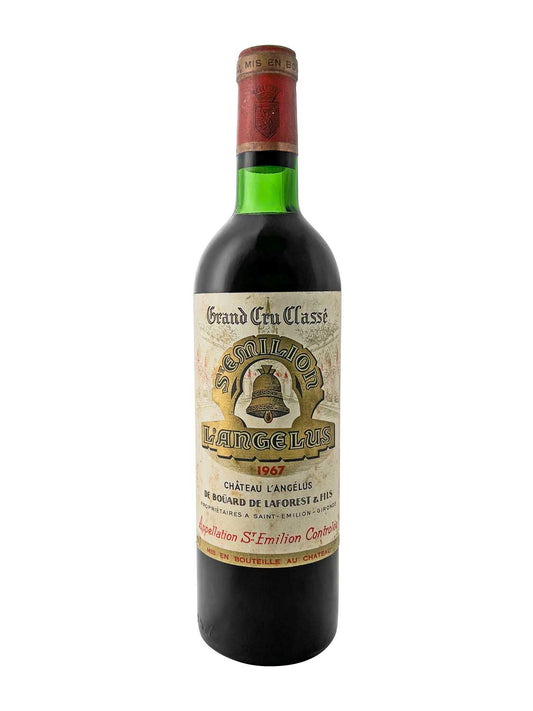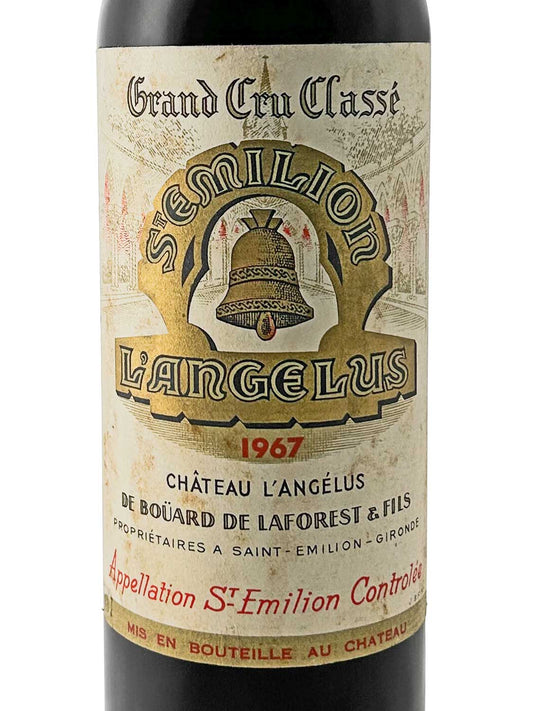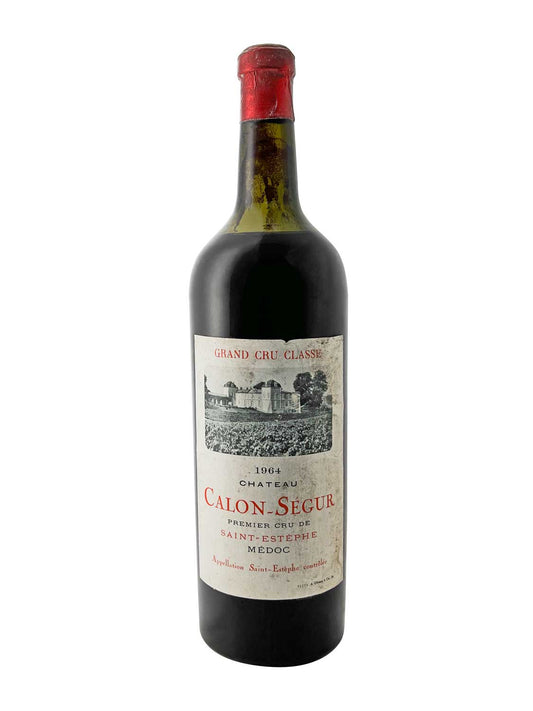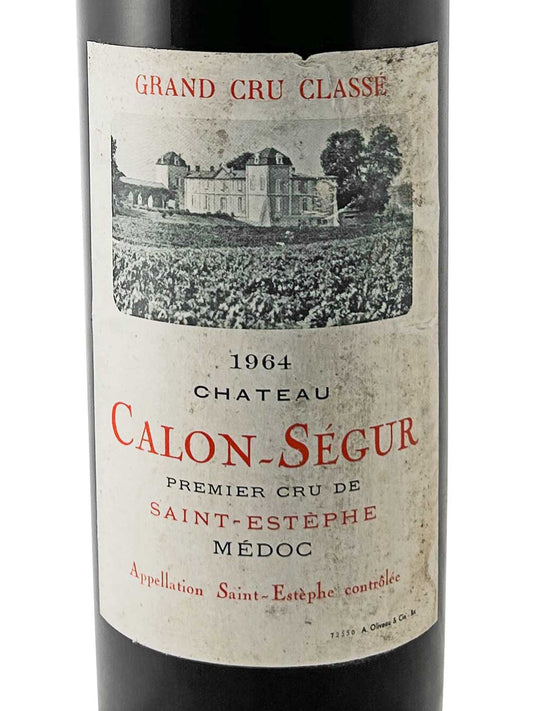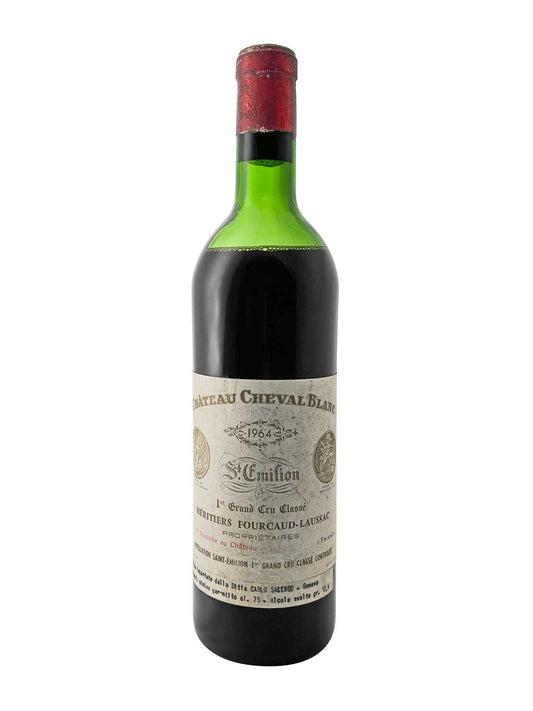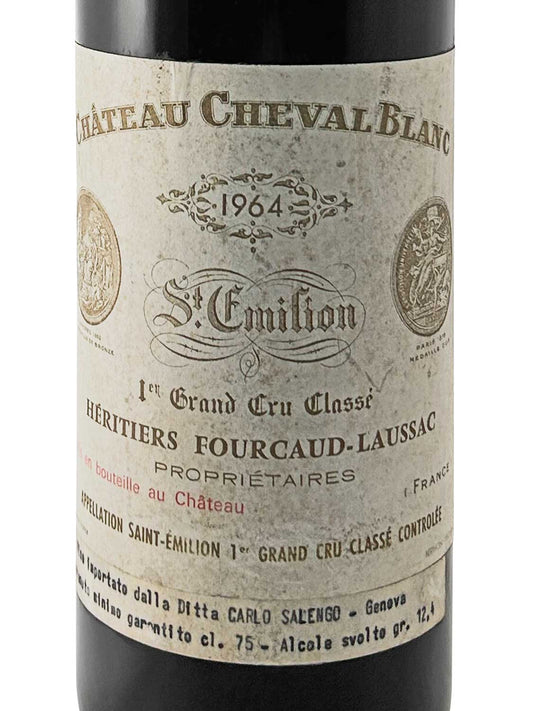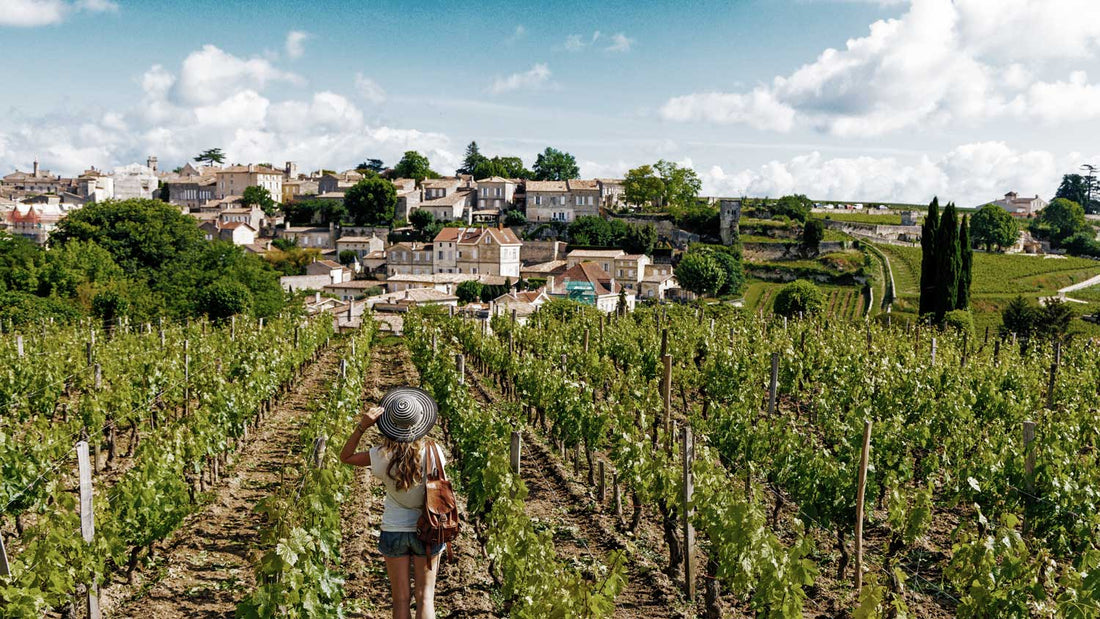
Libournais: A region you should know
The French jewel of the wine world
When you think of France, images of romantic landscapes, exquisite cuisine and, of course, world-class wine inevitably spring to mind. One of the regions that has contributed significantly to this reputation is the Libournais. This enchanting area in the southwest of France is not only a geographical gem, but also a major center of wine production. In this blog post, we delve deep into the world of the Libournais and discover why it is a true paradise for wine collectors.
The Geography of the Libournais
The Libournais is located in the Gironde department in the Nouvelle-Aquitaine region and includes the city of Libourne and its surrounding municipalities. The region is crossed by the Dordogne and Isle rivers, giving it a picturesque setting. These rivers play a crucial role in the region's microclimate and contribute to the unique quality of the wines.
Geographical Summary
| Nouvelle-Aquitaine | region in France |
| Gironde | department and estuary in France |
| Bordeaux | arrondissement, prefecture, city and wine-growing region |
| Libourne | arrondissement, prefecture and city |
| Libournais | municipal association of 45 municipalities, wine-growing region |
| Left Bank of the Gironde | Médoc wine region |
| right bank of the Dordogne | Libournais wine-growing region |
| Isle, Barbanne, Dordogne | Rivers in the Libournais wine-growing region |
Read also: Médoc in winegrowing
Historical Roots of Winegrowing
The history of winegrowing in the Libournais goes back a long way. The Romans recognized the potential of these fertile soils and began to cultivate vines. In the Middle Ages, the region experienced a boom due to trade with England, which brought international recognition to the wines from the Libournais. Today, the area is known for its traditional wineries, which have often been family-owned for generations.
The appellations in Libournais
Read also: What does appellation mean in wine?
The Libournais includes numerous wine-growing regions and municipal appellations.
These appellations come from Libournais, the right bank of the Dordogne:
- Canon-Fronsac AOC
- Côtes-de-Blaye AOC
- Côtes-de-Bourg AOC
- Côtes-de-Castillon AOC
- Côtes-de-Francs AOC
- Fronsac AOC
- Lalande-de-Pomerol AOC
- Lussac-Saint-Émilion AOC
- Montagne-Saint-Émilion AOC
- Pomerol AOC
- Puisseguin-Saint-Émilion-AOC
- Saint-Émilion AOC
- Saint-Émilion Grand Cru AOC
- Saint-Georges-Saint-Émilion AOC

Famous Appellations in Profile
The Libournais is home to some of the most prestigious appellations in the world, including Saint-Émilion, Pomerol and Fronsac.
Saint-Émilion
Saint-Émilion is undoubtedly one of the most famous appellations in the Libournais. The wines from this region are famous for their elegance and complexity. The soil consists mainly of limestone, clay and gravel, which gives the wines a special minerality. Merlot is the dominant grape variety here, often complemented by Cabernet Franc and Cabernet Sauvignon.
The town of Saint-Émilion itself is a UNESCO World Heritage Site and attracts thousands of tourists every year. Its medieval architecture and charming cobbled streets provide a perfect setting for wine tasting.
Renowned wineries:
Pomerol
Pomerol may be smaller than its neighbors, but its wines are no less impressive. This appellation is known for its powerful red wines with velvety tannins and intense aromas of black fruits and truffles. Here, too, Merlot dominates, often supported by Cabernet Franc.
Some of the most expensive and sought-after wines in the world come from Pomerol, including the legendary Château Pétrus.
Other well-known wineries:
- Château Trotanoy
- Vieux Château Certan
- Château le Pin
Fronsac
Fronsac is a little off the beaten track but offers excellent wines at often more affordable prices. The wines from Fronsac are robust and full-bodied with a nice balance between fruit and structure. They are mainly made from Merlot, complemented by Cabernet Franc.
The Terroir: A Gift of Nature
The concept of "terroir" plays a central role in French winemaking - it describes the interaction of soil, climate and human influence on the character of a wine. In the Libournais, the terroir ensures a remarkable variety of flavor profiles.
The soil varies greatly within short distances - from gravelly terraces to clayey plains - which allows winemakers to optimally cultivate different grape varieties. The temperate climate with sufficient rainfall ensures that the grapes can ripen evenly.
Sustainability in Viticulture
In recent years, a trend towards sustainable farming has also emerged in the Libournais. Many winegrowers are using organic or biodynamic farming methods to protect the environment while improving the quality of their wines. These practices promote biodiversity in the vineyards and help maintain the natural balance.
Cultural significance

Wine is more than just a drink; it is an integral part of the Libournais culture. Every year, numerous festivals take place where locals and visitors alike have the opportunity to taste local wines and learn more about their production.
One of the most famous events is the "Fête de la Jurade" in Saint-Émilion - a traditional ceremony to celebrate the new vintage with colorful parades and festive activities.
Visit to Libournais: An experience for all the senses
A visit to the Libournais offers much more than just wine tasting - it is an experience for all the senses. The breathtaking landscape invites you to take walks or bike rides through the rolling hills. Numerous wineries open their doors for tours of cellars full of oak barrels and tastings straight from the barrel or from carefully aged bottles.
The Libournais also has a lot to offer in terms of cuisine: from rustic bistros to upscale restaurants, you can find everything here – always accompanied by a glass of local wine, of course!
Conclusion
The Libournais combines tradition with innovation in a unique way - both in terms of its outstanding wines and its cultural significance within France (and beyond). For any wine collector of rare vintages, this region is an essential item on any travel agenda! Whether you are already a passionate connoisseur or a curious newcomer to French wine art, there are guaranteed to be some unforgettable discoveries waiting to be made in the heart of this picturesque region!
